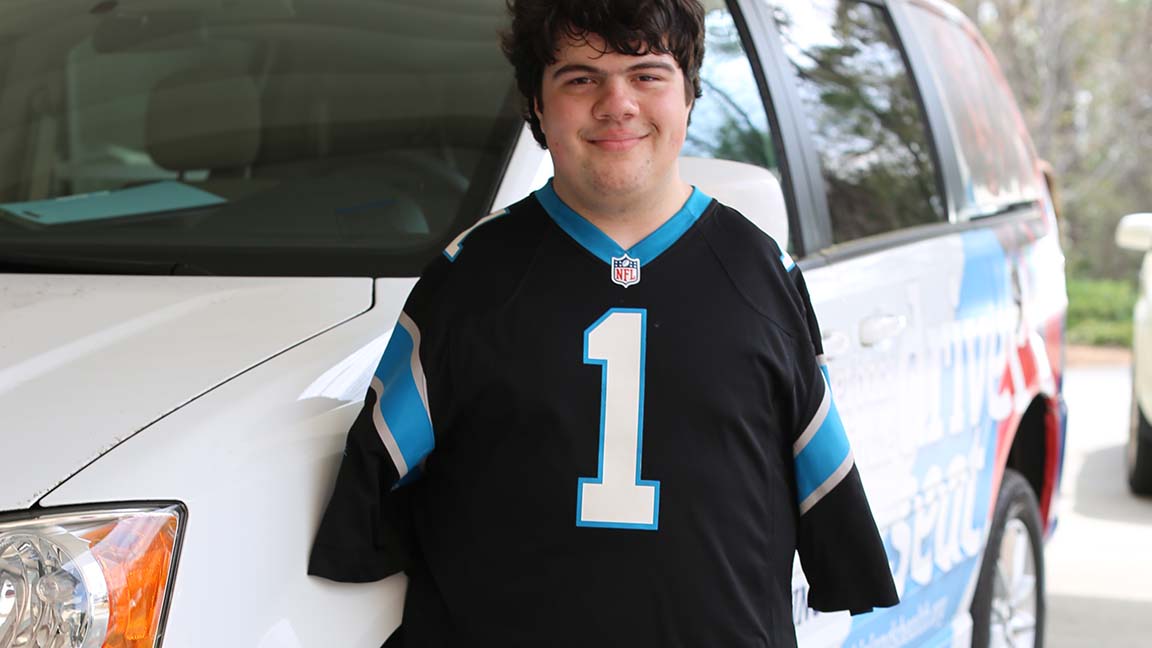For many people, learning to drive is a major milestone in life, but realizing that dream might seem like it could be impossible for someone born without arms.
Not so fast, says Ian McClure, a certified driver rehabilitation specialist with Tidelands Health Rehabilitation Services. Driving without arms is quite possible with the right vehicle modifications and adaptations.
Such was the case for Travis Cunningham, a 19-year-old who was born without arms but earned his driver’s license. His story was recently featured in “The Drive,” an inspiring video that chronicles how both Cunningham and Jacob Bartlett, a teen with cerebral palsy, overcame their physical limitations to earn licenses.

For anyone with a disability who yearns for the independence that driving offers, McClure says the first step is an evaluation.
“I can help people with a wide range of conditions learn to drive,” he says. “It’s extremely rewarding – both for my patients and me.”
The evaluation typically takes two to three hours and considers a variety of factors such as a person’s strength, balance, cognitive abilities and coordination.
“The evaluation is where we find out what their skills and deficits are. It also lets us figure out what equipment would be their best option,” says McClure.
A person born without arms, for example, can rely on his or her legs to perform many of the same functions as arms.
Cunningham is able to apply his right leg to a touch screen to steer and depress the gas pedal and brakes. He uses his left foot to shift gears, change the position of the mirrors and adjust other features such as air conditioning and heat. His left knee can tap a button on the armrest to turn on the headlights or use the turn signal.
While adaptive technologies interface with the car itself, assistive technologies such as backup cameras and lane departure alerts are also important because they help a person avoid obstacles and drive safely.
Cunningham worked with McClure individually for about 10-12 hours, supplemented by practice with others.
As he is with many of his patients, McClure was impressed with the young man’s desire to work hard and achieve the independence that driving affords.
“He always knew he wanted to drive,” says McClure. “He just knew he’d have to go about it in a different way than everybody else.”
